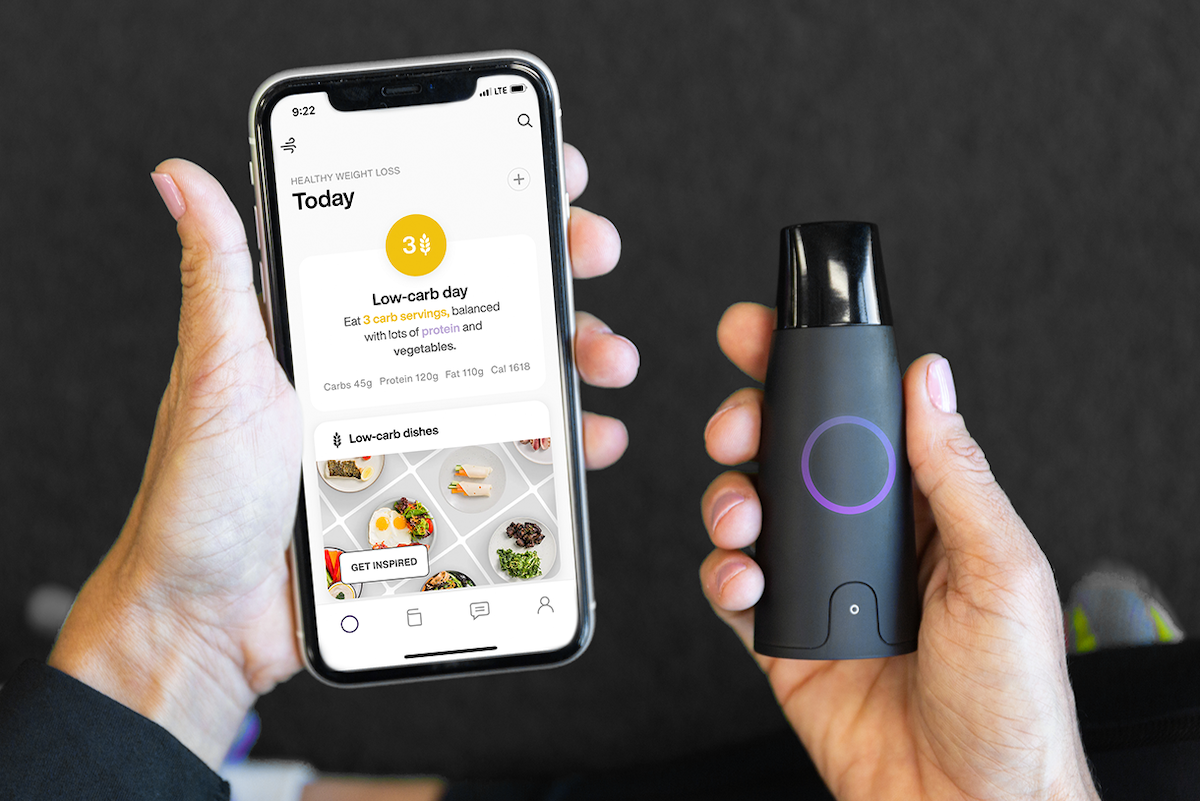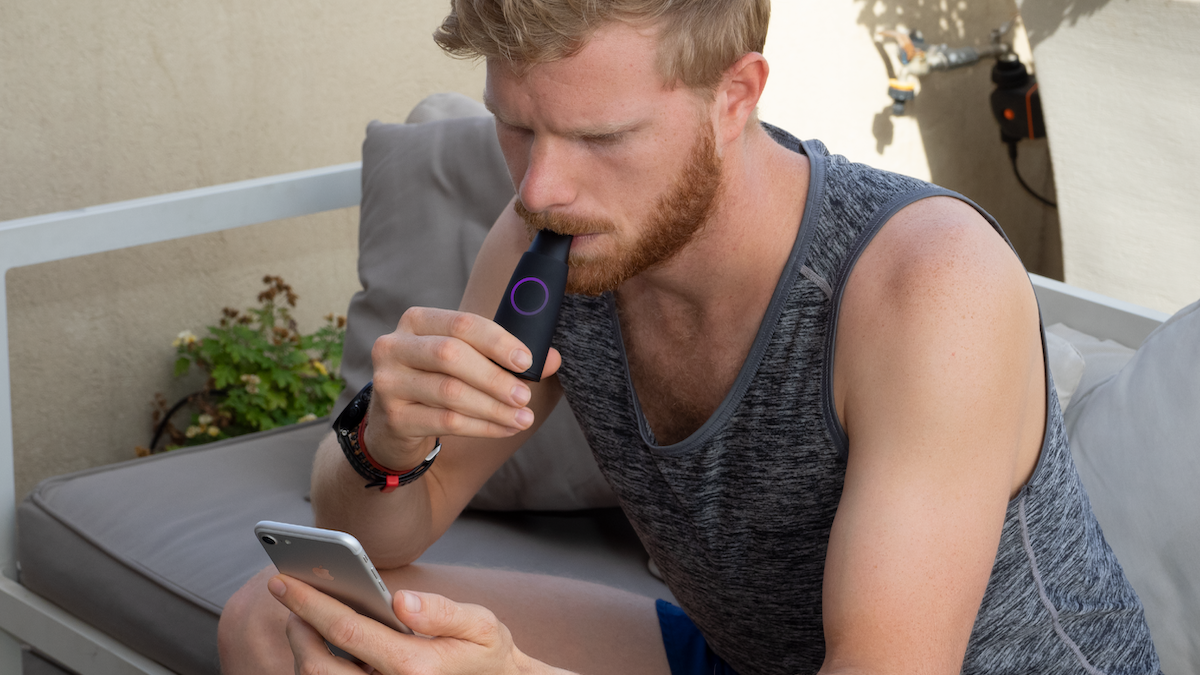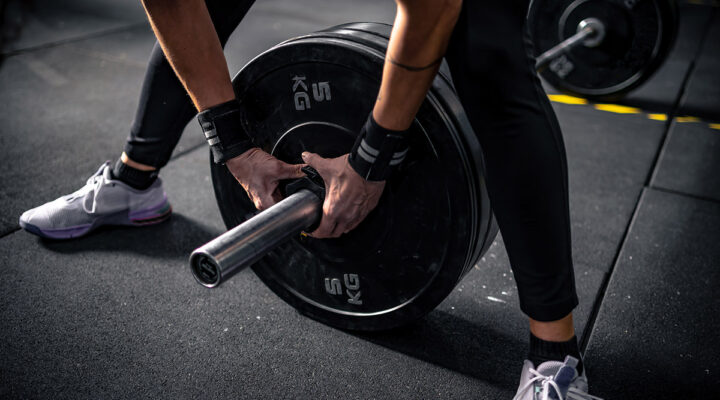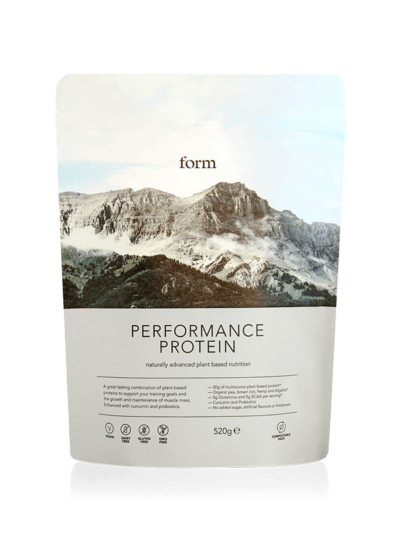Ask Dr Adam: Do Metabolism Trackers Actually Work?

Amid the explosion in health trackers and personalised tech has been the emergence of metabolism trackers, designed to allow the user to track what fuels they are burning. These handheld devices look like a slimmed-down inhaler and require users to breathe into the machine to measure the CO2 percentage in their breath. By comparing the CO2 percentage in the expired breath to that in the room or atmosphere (inspired air), you can extrapolate substrate utilisation.
Ultimately, this device is a simplified method of indirect calorimetry using CO2 percentage in the breath as a proxy measure for the Respiratory Exchange Ratio (RER). However, RER requires a measurement of O2 alongside CO2 to ascertain substrate utilisation truly.
Nevertheless, the devices have undergone some validation through comparison with traditional indirect calorimetry and actual measures of RER in a fasted state and after consuming a lot of pure glucose solution (150g).
As expected, RER increased in response to drinking the glucose, reflecting an increase in carbohydrate oxidation. CO2 percentage measured by the device also increased, albeit the size of difference varied a lot between people. It supports the idea that simple at-home measures of CO2 through devices like this may give insight into whether you are burning carbs.

But it is by no means an accurate measure, and how reflective or accurate this is will likely be very variable among people. We know that spot measures of RER are influenced by many different factors and down to the device’s technique. Moreover, we are not measuring just a series of individual breaths in indirect calorimetry. We typically measure many breaths over time, perhaps over several minutes, repeated over many hours or even measured continuously across a whole day.
Despite these limitations, the success of these devices is that they can serve as an educator and enforcer of behaviour. Getting people to appreciate the importance of what you are burning for calories, not just how many calories you are burning, can be helpful. Like all tracking devices, its impact is that it makes people more conscious of what they are eating and can help people follow new regimes by perhaps demonstrating the “benefit” of what they are doing.
It is a potentially powerful convincer, sold as a way that you can “hack your metabolism”. It can also help introduce people to metabolic flexibility – the ability to switch fuels, for example, in response to eating or fasting – which is an important consideration.
This is an edited excerpt from Dr. Adam Collins’ upcoming book the Metabolic Manual. To read more articles by Dr Adam click here.

















